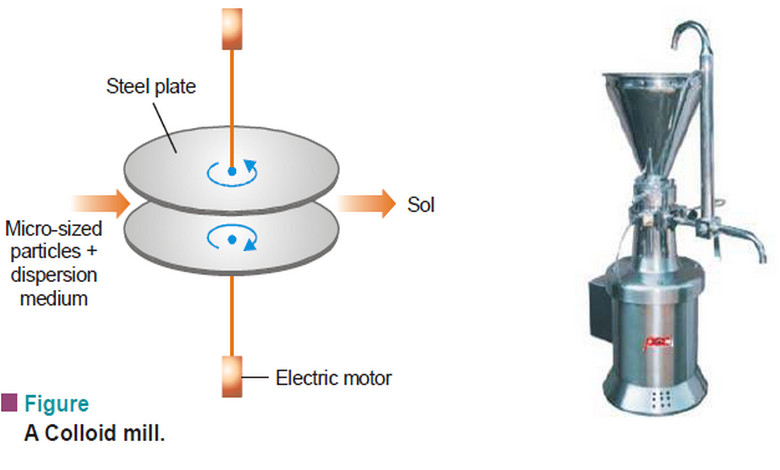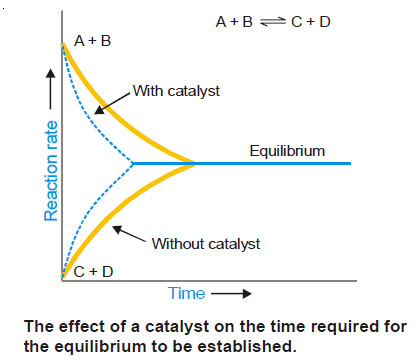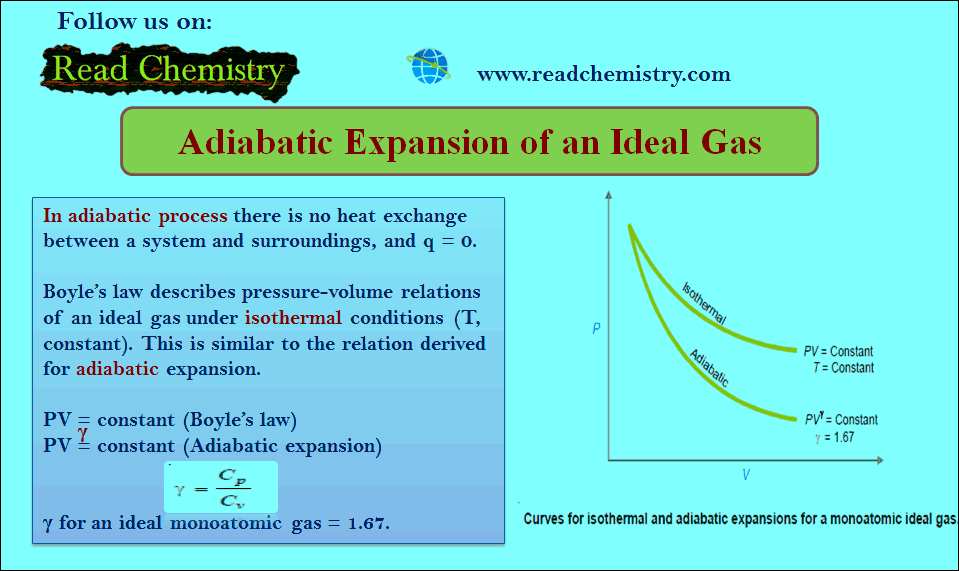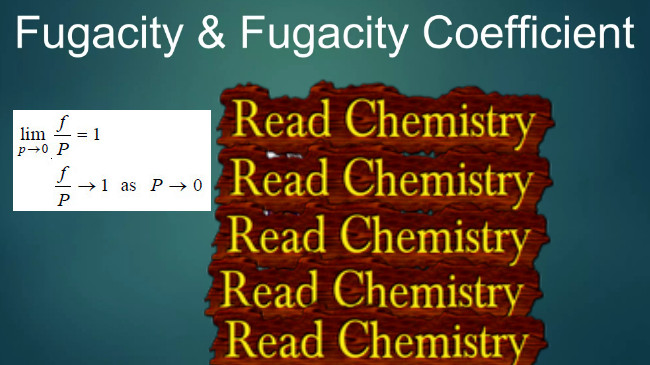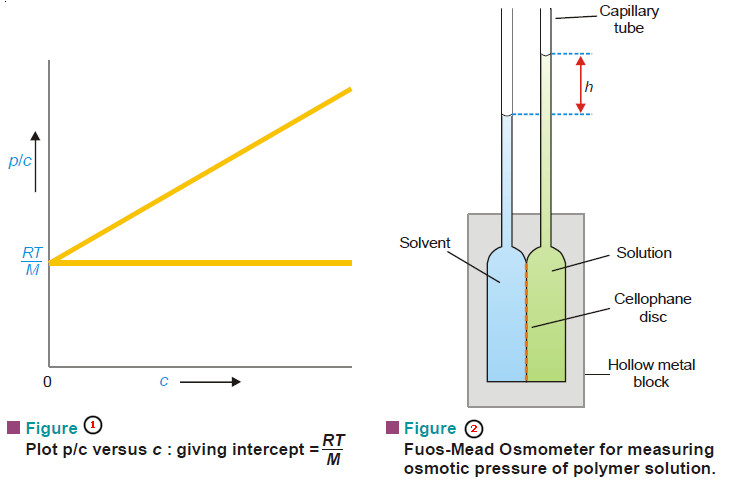Bond Formation, (σ) Bond and (π) Bond
Bond Formation (Valence Bond Theory)
– Bond formation between atoms to give chemical compounds can be interpreted admirably in terms of the orbital theory of atomic structure.
– Heitler and London believed that electron cloud of the valence orbital on one atom ‘overlaps’ the electron cloud of the other bonding atom to form a covalent linkage.
– On the contrary, the electrovalent bond formation involves a physical transfer of the electron and the orbital concept is not very useful for their explanation.
– The theory of ‘maximum overlap’, affords an excellent interpretation of covalent bond formation.
– The essential conditions for the overlap of electron waves of orbitals are :
(1) The orbitals entering into combination must have only one electron.
– The orbitals containing a pair of electrons are not capable of combination.
– In fact, half-filled orbitals on one atom have a tendency to combine with half-filled orbitals on other atom, and the resulting orbital acquires a pair of electrons of opposite spins.
(2) The atoms with valence or bonding orbital (half-filled) should approach sufficiently close to one another with the axis of their orbitals in proper alignment.
– The strength of a covalent bond depends upon the extent of overlapping.
– Greater the overlapping between the atomic orbitals stronger is the bond formed between the two atoms.
– The new arrangement has lesser energy than the isolated atoms and, is therefore, more stable.
– The amount of energy given off or released per mole at the time of overlapping of atomic orbitals to form a bond is termed as Bond Energy or Stabilization Energy.
– It also implies that this much energy must be put in to separate the atoms in a molecule.
– Since the overlapping of atomic orbitals involves a release of energy, it must produce a stabilizing effect on the system.
– The merger or overlapping of the atomic orbitals halts at a stage when the atomic nuclei have come close enough to exercise a repulsive force on one another, which exactly balances the force of merger.
– This equilibrium distance at which the two atomic nuclei are now held is called the Bond length.
– In the bond formation, greater the overlap greater is the energy set free, i.e., the higher will be the bond strength.
– This implies that for a bond to be stronger, greater should be the overlap which in turn shortens the distance between the nuclei.
– A stronger bond has, therefore, a shorter bond length.
Formation of H2 molecule
– Let us consider the formation of hydrogen molecule (H2) from two isolated H atoms each having an electron in its 1s orbital.
– When two H atoms approach each other, their 1s orbitals overlap, resulting in the formation of a bigger electron cloud known as molecular orbital.
– This new molecular orbital contains both the electrons.
– As a result, the two H atoms are held together in the form of Hydrogen molecule (H–H).
– This overlapping of atomic orbitals of hydrogen atoms is shown in the following Figure:
Energy diagram of s-s overlap in H-H molecule
– As the two atoms approach closer and closer for the overlap of half-filled 1s orbitals on them, the energy of the system goes on decreasing till it registers a minimum.
– At this point the overlapping halts, since the positive cores (nuclei) of the two atoms are apart by a certain equilibrium distance, the stabilizing effect of overlapping is completely balanced by the repulsion between the positive nuclei.
– Beyond this point the energy of repulsion predominates and there is a steep rise in the energy curve with a further decrease of internuclear distance.
– The point A in the diagram above represents a large value of internuclear distance corresponding to the two isolated atoms.
– By convention, the energy corresponding to this point is taken to be zero and for stabler systems, the energy of the system is negative.
– The energy values go on falling as the internuclear distance decreases.
– At point X on the curve, the internuclear distance decreases and so does the energy value. The minima ‘B’ represents the point of maximum overlap.
– The energy value and the internuclear distance corresponding to this point are respectively the bond energy and bond length.
– For the H2 molecule, the bond length is 0.74 Å and bond energy is 103.2 kcal/mole.
Types of overlapping and Nature of Covalent Bond
A covalent bond is of two types depending on the type of overlapping between the two atoms:
(1) Sigma (σ) bond
(2) Pi (π) Bond
(1) Sigma (σ) Bond
– When there is end to end overlapping of atomic orbitals along the internuclear axis, the bond resulted is called sigma (σ) bond.
– This type of overlapping between the atomic orbitals is also called “head-on” overlapping or “axial” overlapping.
– It results when one of the following types of overlapping takes place :
(a) s – s overlapping
– Here s-orbital of one atom overlaps with the s-orbital of other atom.
– An example of this type of overlapping is the formation of hydrogen molecule from two H-atoms.
(b) s – p overlapping
In this type of overlap s-orbital of one atom overlaps with the half filled p-orbital of the other atom as shown below:
Examples : HF, HCl
(c) p – p overlapping
Here p-orbital of one atom overlaps with the p-orbital of the other atom on internuclear axis. It is shown below:
Examples : F2, Cl2, Br2
(2) Pi (π) Bond
– This type of covalent bond is formed by the sidewise overlap of the half filled atomic orbitals. It is also called lateral or sidewise overlap.
– This type of overlapping takes place perpendicular to the internuclear axis as shown below:
Strength of σ and π bonds
– As mentioned earlier, the strength of a covalent bond depends upon the extent of overlapping between the atomic orbitals of participating atoms.
– During the formation of σ bond the extent of overlapping is more and hence a Sigma bond is stronger than Pi bond.
Differences Between Sigma and Pi bonds
Reference: Essentials of Physical Chemistry /Arun Bahl, B.S Bahl and G.D. Tuli / multicolour edition.










